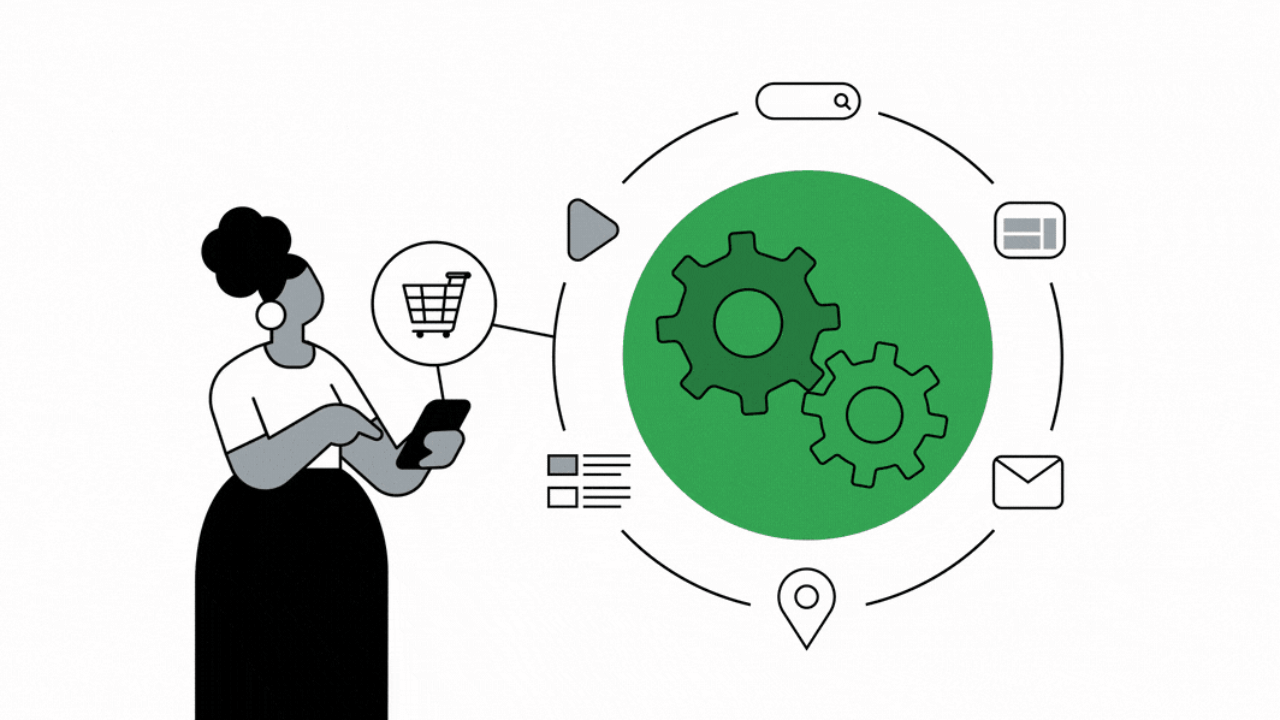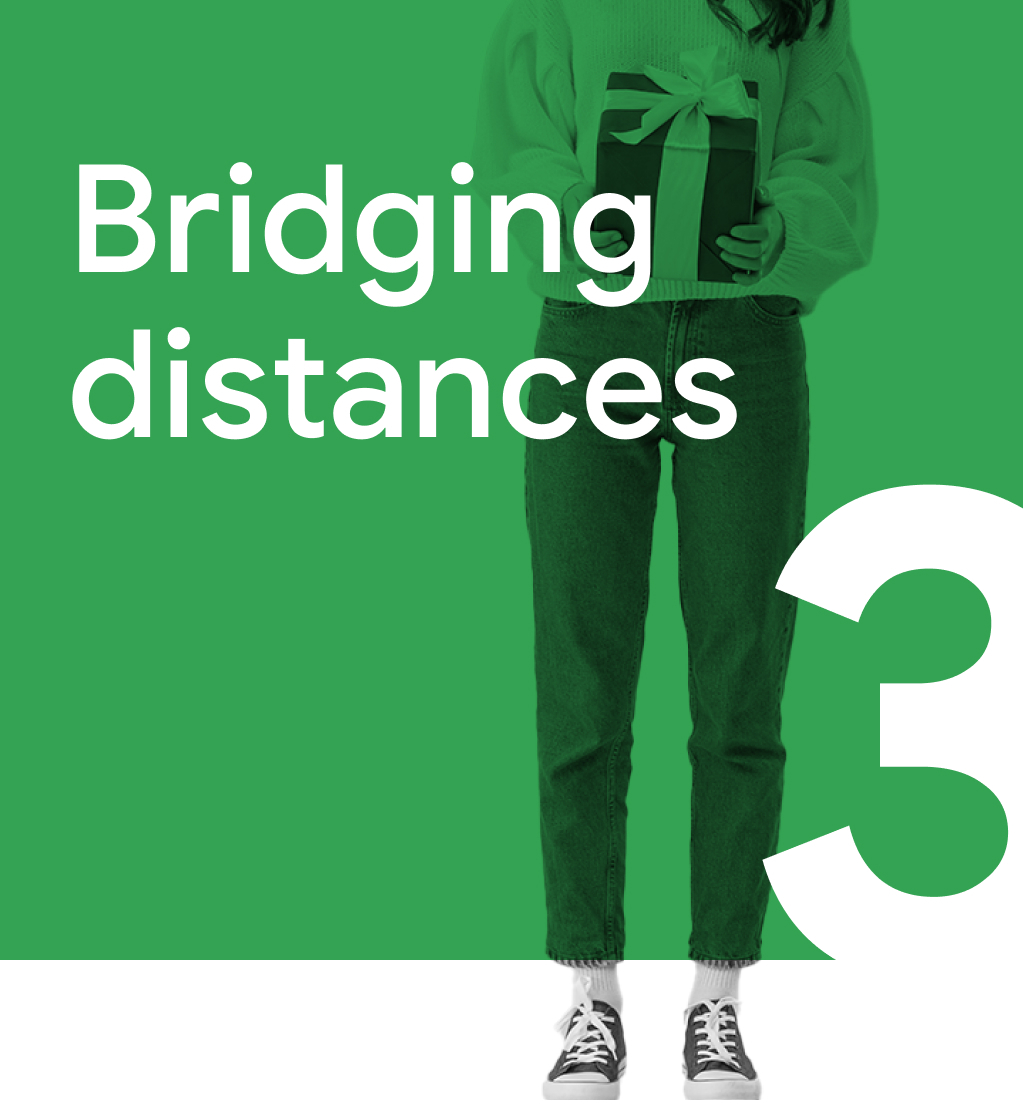
The pandemic kept countless people physically apart, and consumers quickly found ways to adapt. But in 2021, we saw the sense of separation deepen. As a result, consumers moved beyond finding brief moments of connection to finding new ways to express themselves and nurture deeper, more ongoing relationships, both online and offline.

As more COVID-19 variants emerge, it’s clear that the pandemic isn’t quite over yet. COVID-19 is still a top concern for people, and consumers in APAC remain wary of being in close physical contact with others. In fact, people in India, Japan, and South Korea feel more anxious about resuming normal activities compared with the global average.33
But fears of resuming in-person activities haven’t overridden basic human needs for personal connection and belonging. Regardless of physical distance, rising searches show us how people continue to find new ways to connect, and how they are increasingly open to using digital to do so.

One example is how people have started to adapt the way they express their affection. In lieu of physical touch or time spent together, people are searching for gifts they can send their loved ones, and inspiration for the right words to wish them a happy birthday or anniversary. An October 2021 survey found that one in two APAC consumers are still choosing to meet their loved ones virtually instead of in person,34 and searches for online group activities like escape rooms, races, and concerts are seeing consistent growth.
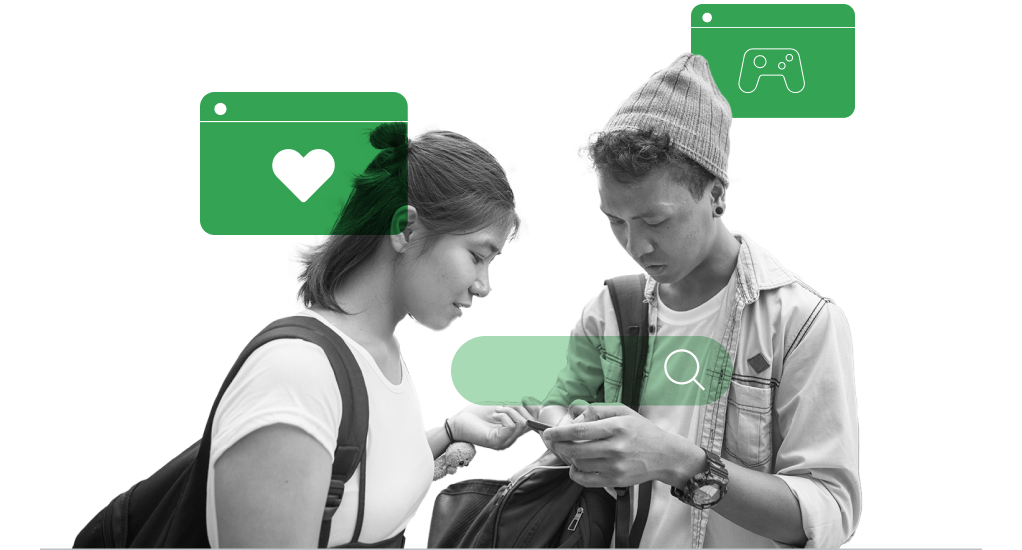
As the world grows more dependent on digital technology to form meaningful human connections, brands need to move on from thinking of digital platforms as purely functional channels or just an online front end. Instead, consider how you can get longer-term value out of connecting meaningfully with your customers online.
In marketing, we often say the medium is the message. But that doesn’t mean that a channel should do all the hard work for you. How are you ensuring you’re reaching the human behind every channel strategy? More importantly, what can you do as a brand to help facilitate better, deeper, more meaningful relationships for your consumers?

Online expressions of affection
Love languages are keeping up with the changing times, with people searching for ways to show affection without in-person interactions. Gift-giving has become particularly trendy in APAC, where more than half the online population has bought a gift for someone online, a proportion higher than any other region in the world.35
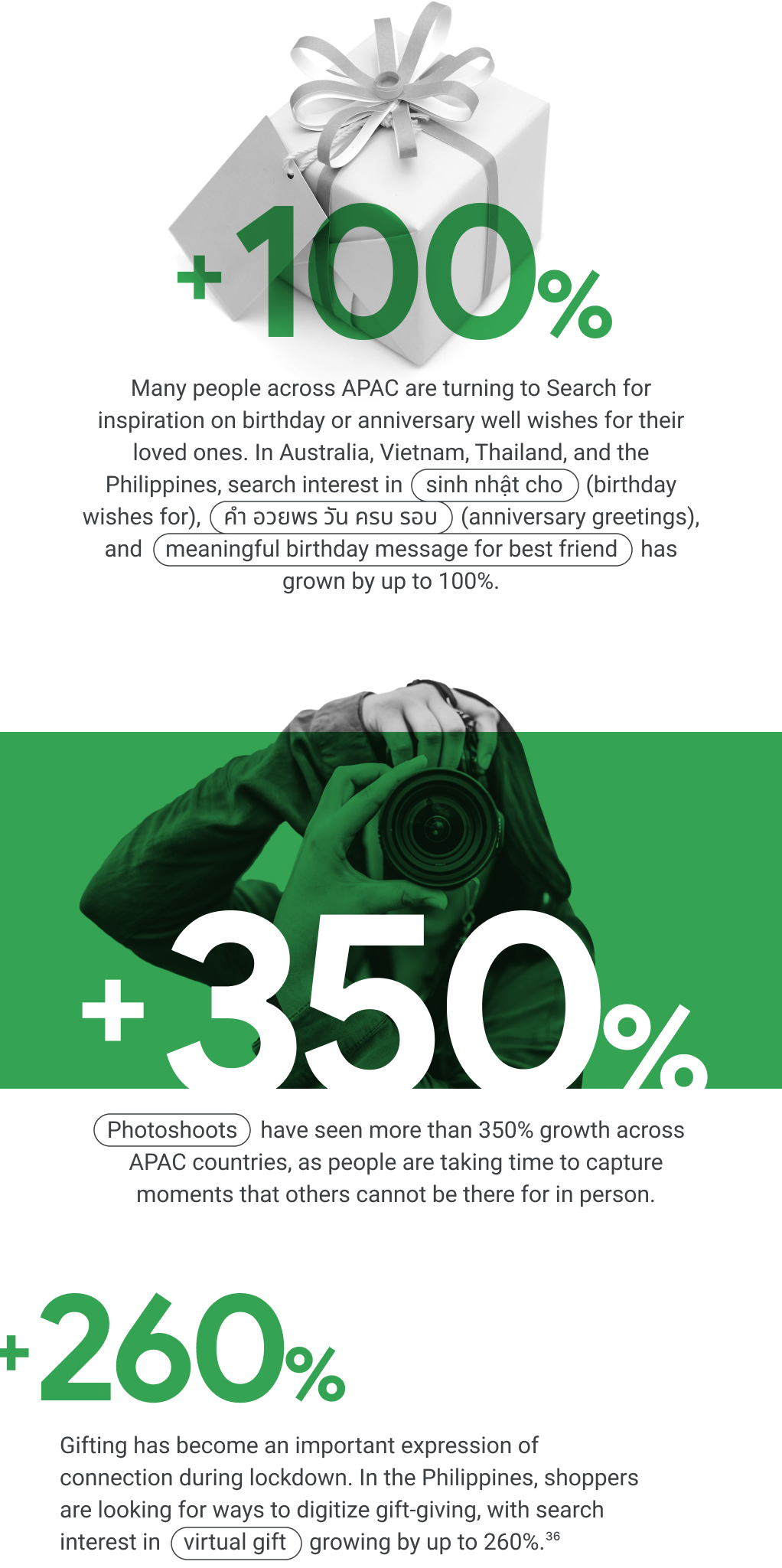

Digital for personal connection
Technology is enabling people to connect in innovative ways, sparking interest in virtual versions of activities such as group meals, escape rooms, and concerts. Even holiday gatherings are going digital, with 53% in Australia and 61% in New Zealand expected to celebrate Christmas 2021 with their loved ones via online video calls.37,38
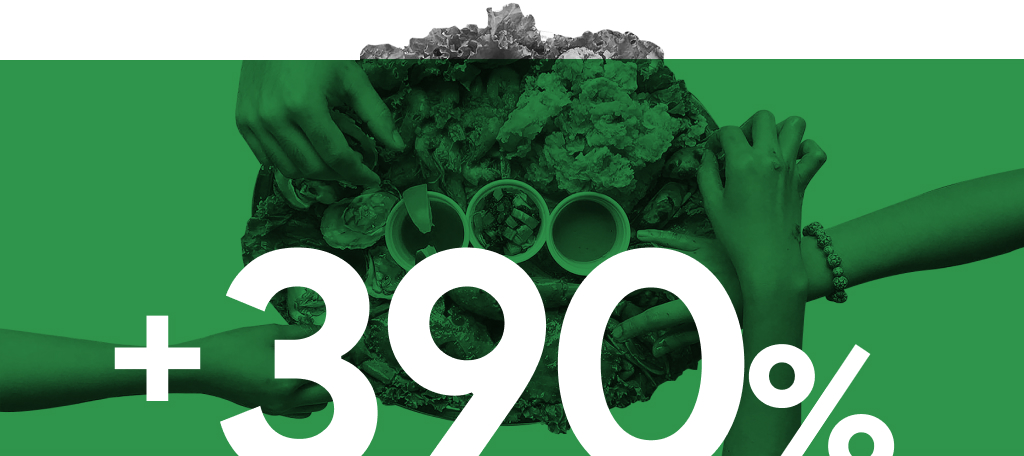
We see 390% growth in search interest in “group order” in the Philippines, as Filipinos look for ways to share meals together, even while apart. Correspondingly, top food service brands are offering “send to many” and “multi-delivery” services that allow customers to order online as a group and receive meals in different locations at the same time.
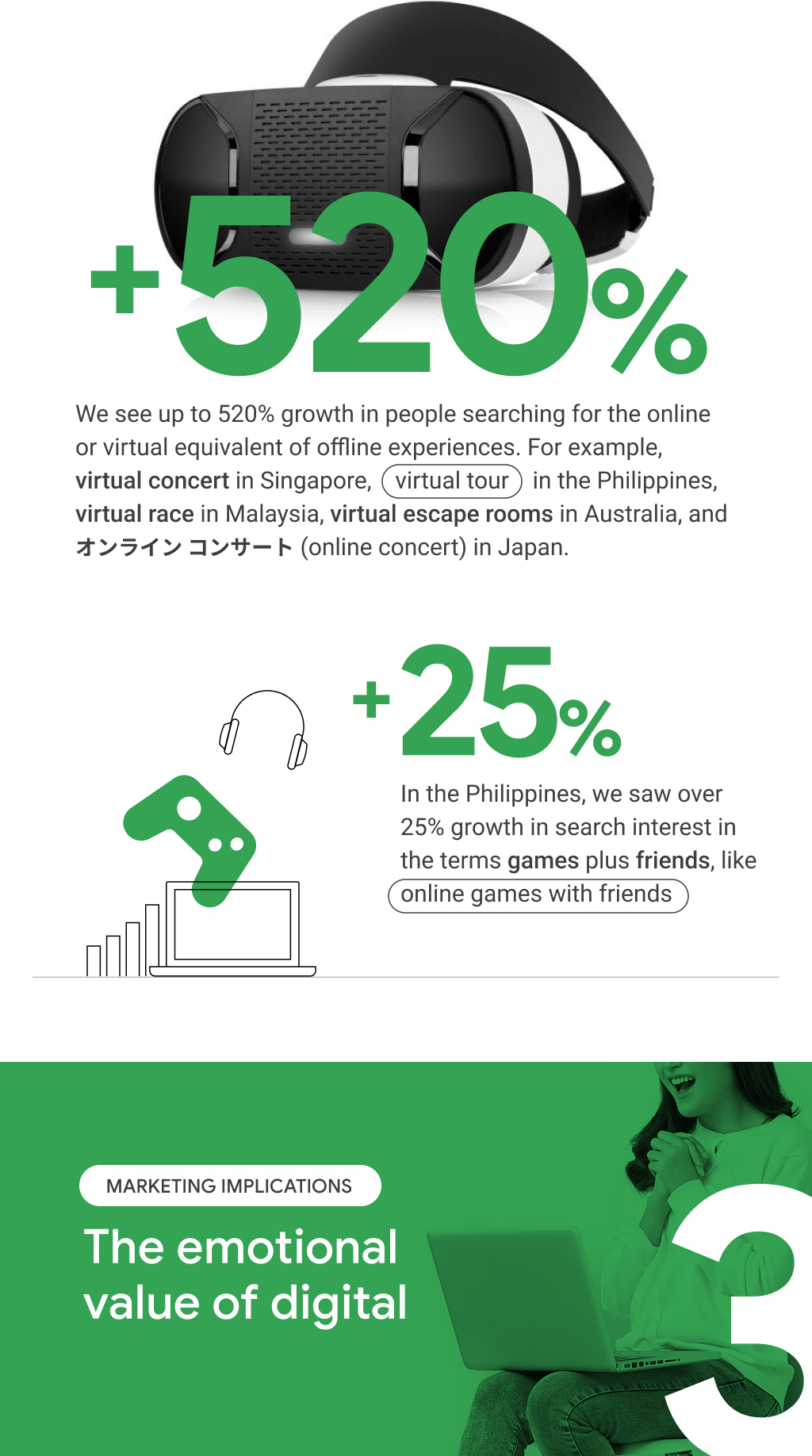
Faced with physical distancing caused by the pandemic, people have adapted how they express themselves and increased their reliance on digital for building personal connections. As a result, brands that merely use digital as a functional channel are missing out on an opportunity to build and nurture deeper relationships with their customers, where both sides stand to gain and grow through an emotional connection.

"Emotionally connected customers buy more of your products and services, visit you more often, exhibit less price sensitivity, pay more attention to your communications, follow your advice, and recommend you more — everything you hope their experience with you will cause them to do."


Research shows how the consumer’s path to purchase is driven by emotions. At each and every touchpoint, shoppers want to feel reassured and empowered, rewarding brands who help them navigate the messy middle.
Leverage the emotional power of digital to provide timely, accurate and relevant information across your organic and paid communication channels.

Not everyone prefers in-person experiences, especially during a pandemic. Consider the value ofvirtual channels as a means of complementing or augmenting physical experiences, allowing the freedom of choice between online or offline events.
October 2020 saw Tiger Beer Malaysia launch The Tiger Street Food Virtual Festival, an online street food experience that could be enjoyed from home.
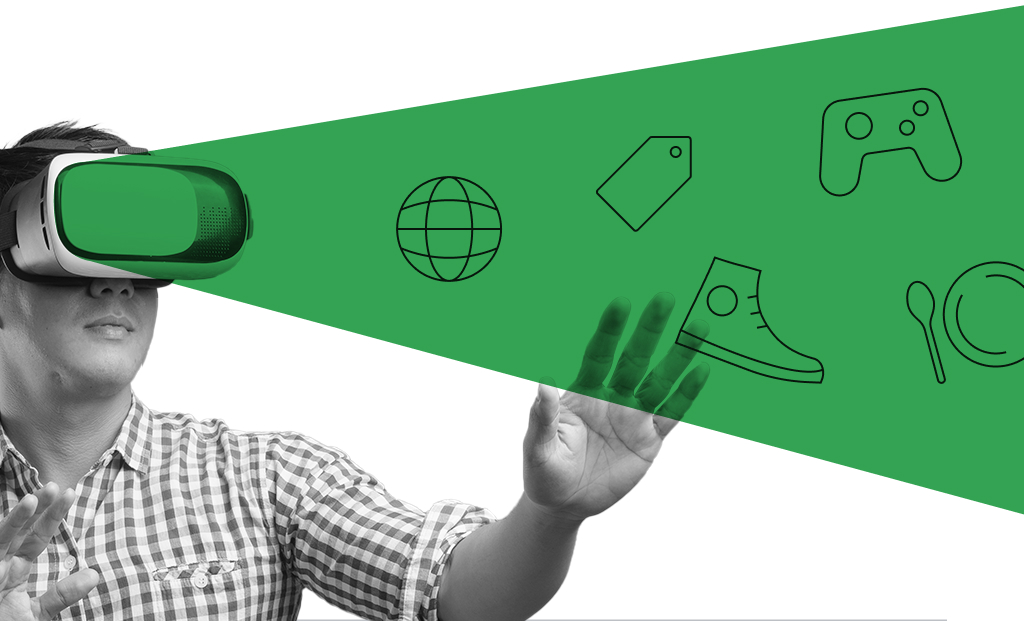
Smart's Access5Granted, hosted on YouTube, was a first-of-its-kind, 360-degree, multi-location concert. The concert showcased Smart's 5G capabilities and allowed viewers to enjoy the experience virtually and at their own time.
Google Project Starline is a new 3D technology that combines advances in hardware and software to enable friends, families, and coworkers to feel like they’re together even when they're apart.


Your advertising efforts can be a key lever to build emotional connection and simultaneously drive campaign performance. In fact, creative is the dominant ROI driver across all media platforms, and especially so on digital.39
To bring your brand and products to life, ensure your ads showcase how your brand can help people in their everyday life in an authentic way.
Explore our Creative Hub to find examples of brands connecting with consumers through stories and technology.
Returning to its much-loved original recipe after years of backlash for product changes, Lucky Me! Pancit Canton collaborated with YouTube creator Mimiyuuuh to run a light-hearted campaign addressing naysayers on social media. The campaign successfully lifted the purchase intent of 225K users, boosted brand favorability for 305K users, and even bagged the brand a YouTube Works award.





